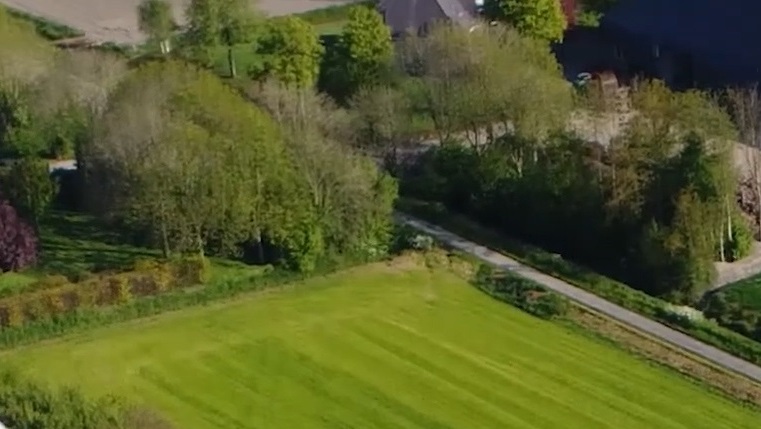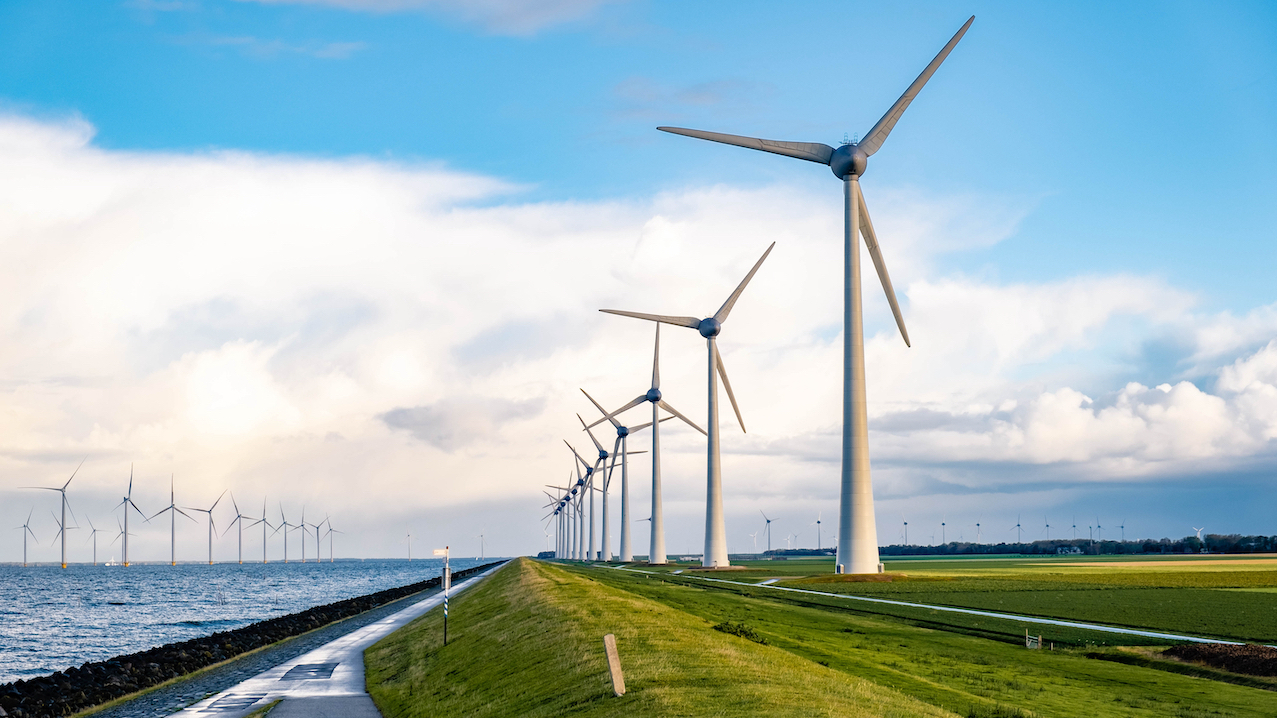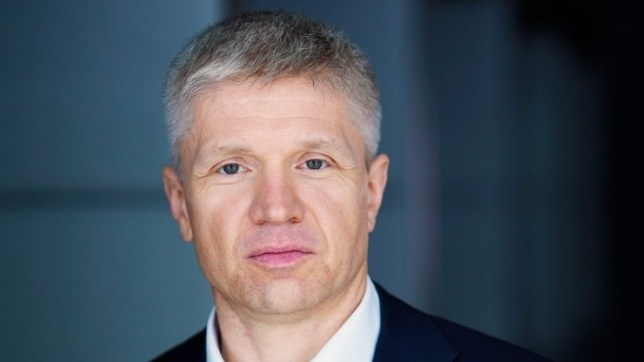
ETC think tank warns trillions in fresh investment needed to hit net zero
In order to hit net zero targets by 2050, global investments in the construction of wind, solar and other clean energy should be increased by around £1 trillion per year, according to a new report.
In addition, buildings worldwide would need more than £100 trillion in capital to make them net zero, the Energy Transitions Commission (ETC) said.
On top of that, around £170 billion is needed to improve grid flexibility by adding battery and season storage space, the group wrote in its Financing the Transition: How to make the money flow for a net zero economy report.
The think tank had some more hard numbers, £2 trillion is needed for low-carbon power generation, distribution and transmission while close to £800 billion should be pumped in renovating power networks.
“Though this report confirms that there are no big fundamental barriers to the energy transition – that was the hypothesis going in – it was striking that the numbers showed 70% of the finance that must be raised has to go [into electrification of power systems],” ETC deputy director Mike Hemsley, speaking to various trade publications.
“This report also identifies that there are two conceptually different types of finance required: ‘classic’ investment which gives an economic return for money paid in, and concessional and grant payments, essentially paying someone to do something they might not do otherwise as there is no economic incentive,” he reportedly said.
As an example Hemsley singled out “cutting down a forest or continuing to run a coal-fired power plant, or in using technology to suck carbon out of the atmosphere."



